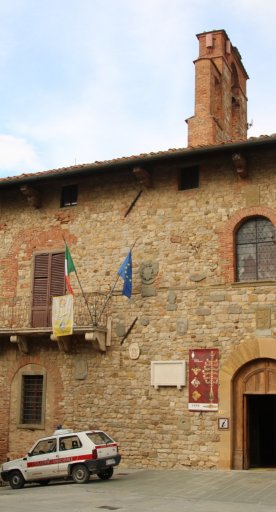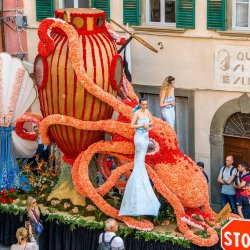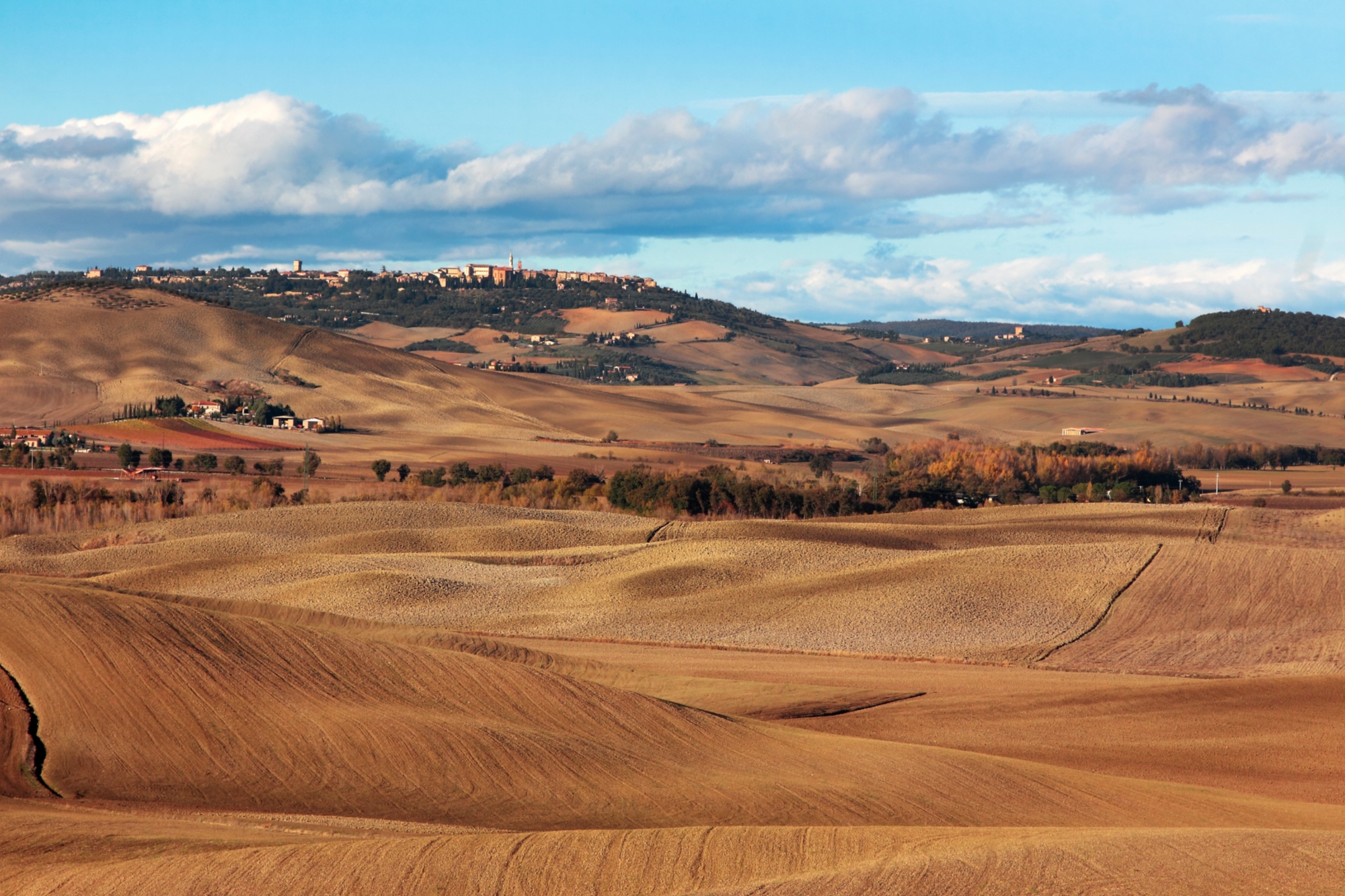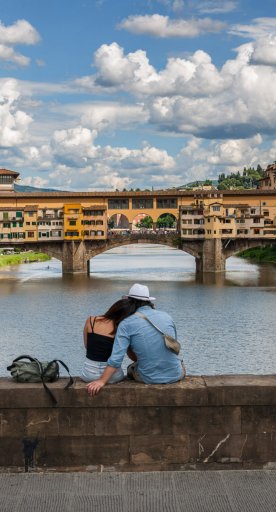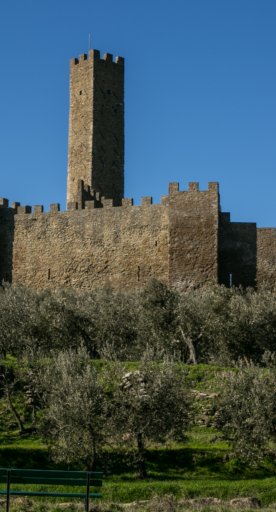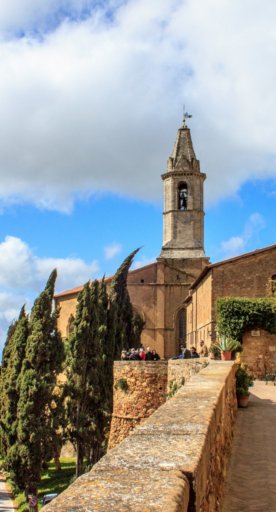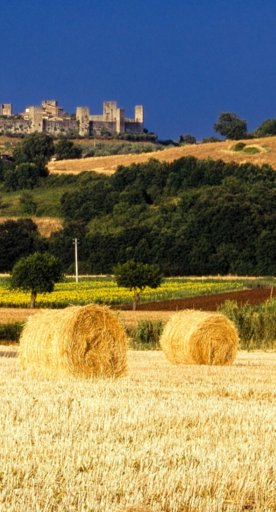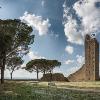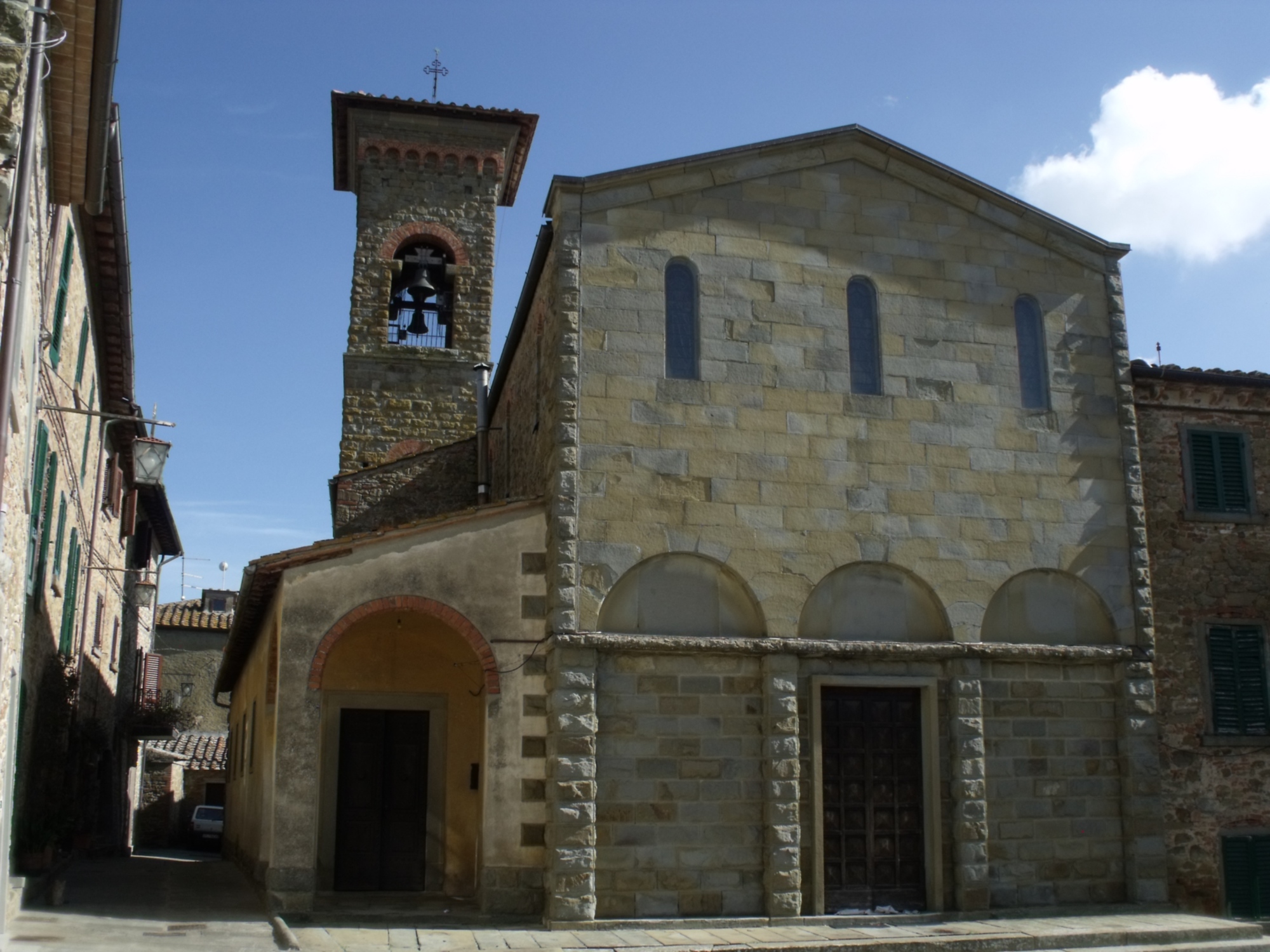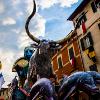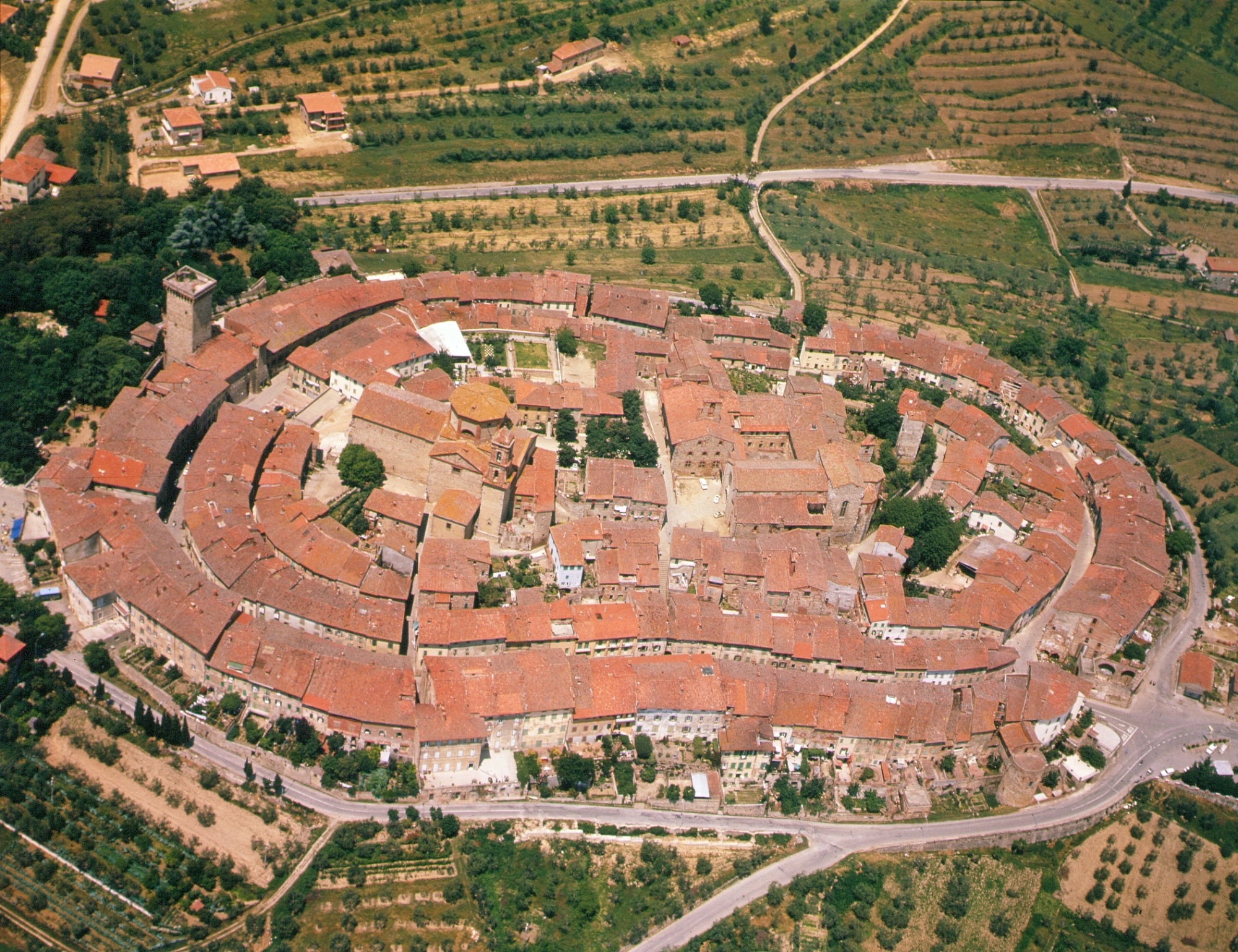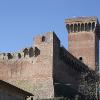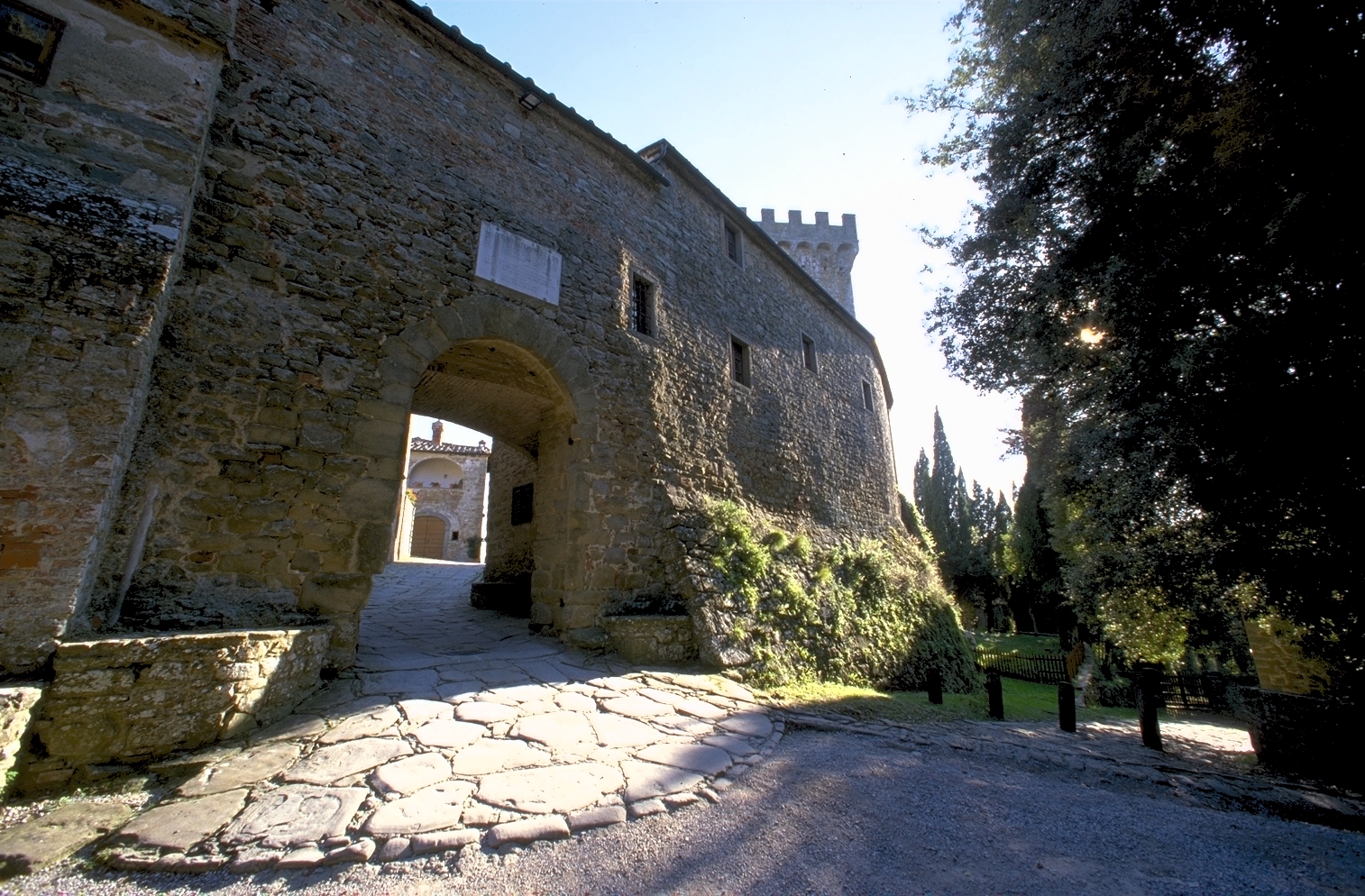Lucignano is a walled medieval town in the Valdichiana area of the Tuscan countryside. It has earned the Touring Club's coveted Orange Flag.
With its elliptical structure, fanning outward in concentric rings, the town represents one of the most interesting examples of medieval urban planning. Its happy geographic situation - on top of a hill, bordering the old dominions of Florence, Arezzo, Siena and Perugia - has guaranteed its strategic importance ever since antiquity.
Originating in the Etruscan era, Lucignano became strategically vital during the medieval period when Florence and Siena were constantly vying for supremacy, until the Battle of Scannagallo ensured that supremacy was Florence's. Every historical period has left its mark on the village, but the Sienese influence has marked it most profoundly, as far as its current artistic and architectural heritage goes.


